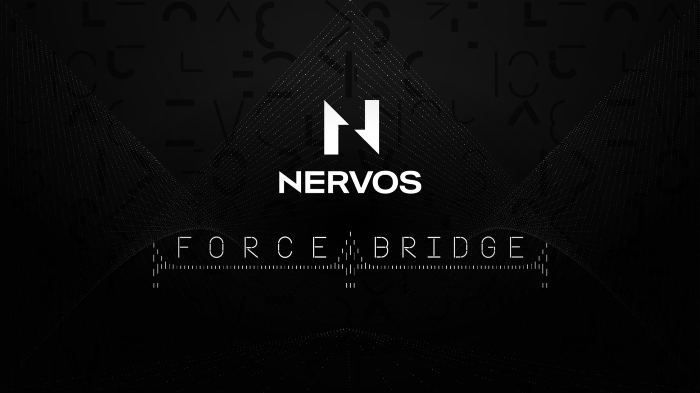Force Bridge, a cross-chain bridge that will initially connect Ethereum to Nervos with plans to integrate other chains in the future, is launching on Nervos in February 2021! With native support for ETH and all ERC-20 tokens, Force Bridge — one of three components of Nervos’ next-gen interoperability solution, the Universal Passport — will enable seamless asset transfers between the two chains, making it easier for Ethereum developers to expand their decentralized applications (dApps) and user base to the Nervos ecosystem.
Choosing a name
If you’ve been following Nervos for some time, you’ve probably realized our founders and developer teams are big gamers. If you’re a fan of MOBA video game Dota 2, it won’t come as a surprise that we named our cross-chain bridge after the Force Staff, a tool for moving objects within the game. Like the Force Staff, Force Bridge enables users to “force” their assets across multiple chains without any added effort. In this way, Force Bridge’s flexible, trustless architecture was designed with extendibility in mind.
Force Bridge vs. other Ethereum bridges
Most Ethereum bridges require users to complete several steps before moving an asset — deploying a new asset on the target chain, registering the address on Ethereum, and specifying the relationship between transferring assets, for example. With Force Bridge, users only have to deploy the ERC-20 contract to begin the movement of assets to a user or a dApp, as the bridge supports all ERC-20 contracts automatically. Users can also simply place an order with Ethereum to buy CKB rather than locking the asset on Ethereum and then placing an order on CKB, saving time and energy.
By providing a native bridge that allows assets to move freely between chains and across different dApps and users without any added obstacles, Nervos is bringing more interoperability to Ethereum-heavy blockchain sectors like decentralized Finance (DeFi) and providing a more and giving DeFi applications a secure and fully decentralized blockchain infrastructure to scale users and transactions beyond the Ethereum ecosystem — all with little to no effort.
Kevin Wang, co-founder at Nervos, said,
“Interoperability has been and continues to be a main focus of the Nervos team as we develop our infrastructure to support next generation DeFi applications through Universal Passport. While other ETH bridges exist, Force Bridge offers more possibilities with its extended functionality and elevated user experience. After all, cross-chain systems have to be easily accessible for users to take advantage of them.”
Force Bridge was specifically developed by Nervos’ core developers as one of the three components of Universal Passport to enable users from any blockchain to operate any asset or Interoperability 2.0, and to bring cross-chain more interoperability to Ethereum-heavy blockchain sectors like decentralized finance (DeFi). Often referred to as Interoperability 2.0 by Nervos team members, Universal Passport focuses on the implementation of cross-chain systems to solve issues such as incompatible standards and scattered user experiences. The other two components of Universal Passport are PW Core, a powerful SDK which makes applications accessible to users across all chains, and Polyjuice, an Ethereum compatible layer on top of CKB. Together, they create an easier, more efficient, and seamless experience for blockchain developers and users.
How to use Force Bridge
For a typical cross-chain transaction, users have to maintain at least one account on each chain with an associated wallet. With Force Bridge, users can reuse existing tools and participate in the Nervos ecosystem without learning new concepts or initiating a new process, making it an ideal chain for dApps and users operating across multiple chains. To access Force Bridge, users simply use their existing Ethereum Wallet like MetaMask to perform cross-chain transactions, manage their assets, and interact with dApps on CKB. Asset transactions using Force Bridge are secured by both the Ethereum network and Nervos’ Proof of Work-based CKB network.
While Ethereum is the first blockchain to be integrated with Force Bridge, Nervos plans to connect other blockchain systems in the near future, enabling users from other chains to use their wallets to trade in the same liquidity pool on CKB.
To learn more about Force Bridge, visit https://github.com/nervosnetwork/force-bridge-eth/.
To stay updated on all things Nervos:
Join our community: Discord — Github — Nervos Talk Forum — Twitter
For discussions or questions join the conversation on Discord or check out one of our community Telegram channels: English, Korean, Russian, Japanese, Spanish, Vietnamese and Chinese
